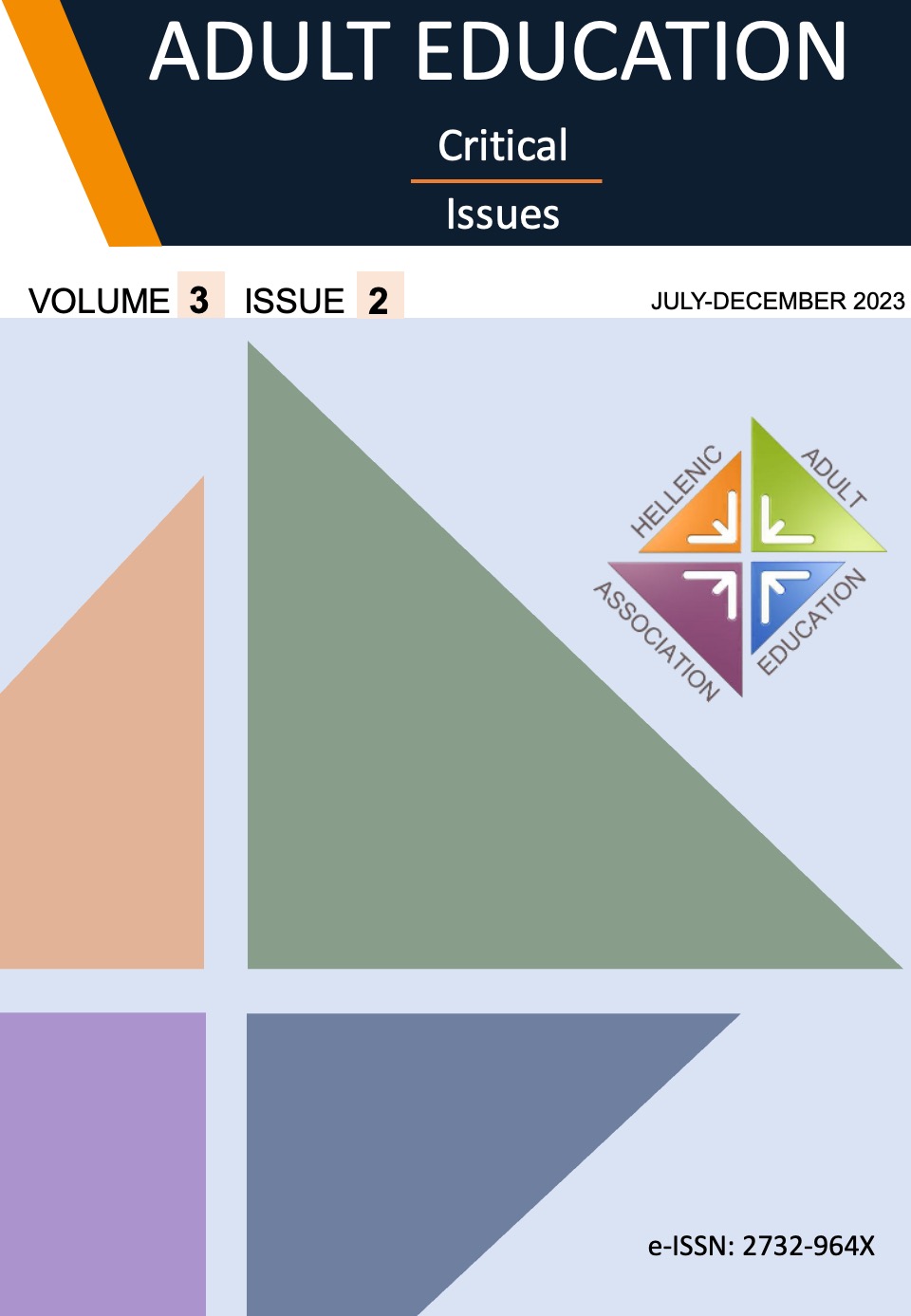Communication as a prerequisite for forming online learning communities: a case study

Abstract
Many researchers and educators have emphasized the importance of forming and developing online learning communities. Moreover, the leading role that the forms and the contents of communication between learners have in the creation and functioning of these communities is stressed. In this paper we present and comment on s, the findings of a research project that studied the aforementioned communication issues between students of undergraduate and postgraduate courses, at the Hellenic Open University. The analysis of the empirical data of this research, shows that the role of communication in the educational activities in which the subjects of our research were involved is extremely weak and consequently the formation of online learning communities is rudimentary.
Article Details
- How to Cite
-
Giannakopoulou, E. (2024). Communication as a prerequisite for forming online learning communities: a case study. Adult Education Critical Issues, 3(2), 16–27. https://doi.org/10.12681/haea.35806
- Section
- Articles

This work is licensed under a Creative Commons Attribution 4.0 International License.
Authors who publish with this journal agree to the following terms:
- Authors retain copyright and grant the journal right of first publication with the work simultaneously licensed under a Creative Commons Attribution License that allows others to share the work with an acknowledgement of the work's authorship and initial publication in this journal.
- Authors are able to enter into separate, additional contractual arrangements for the non-exclusive distribution of the journal's published version of the work (e.g., post it to an institutional repository or publish it in a book), with an acknowledgement of its initial publication in this journal.
- Authors are permitted and encouraged to post their work online (e.g., in institutional repositories or on their website) prior to and during the submission process, as it can lead to productive exchanges, as well as earlier and greater citation of published work (See The Effect of Open Access).


